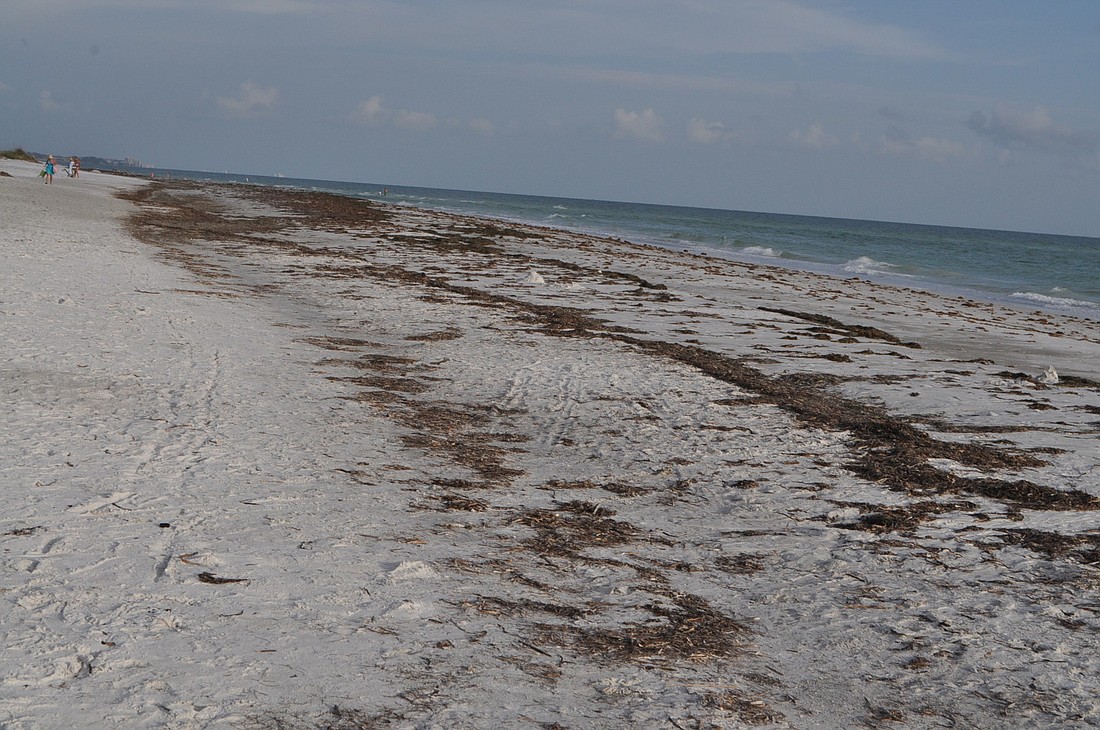- April 4, 2025
-
-
Loading

Enough already, Debby.
She took much-needed sand from the north end’s beach and gave it to Beer Can Island. She kept us from the beaches, parks and golf courses for days. She flooded homes and businesses and even destroyed turtle nests.
And the tropical storm, now technically more than a month behind us, is responsible for the latest unsightly appearance on Longboat Key’s beaches: lots and lots of seaweed.
Public Works Director Juan Florensa said that the town has gotten a couple of calls during the past few days about the seaweed that recently began washing ashore.
Seaweed is always floating in the Gulf of Mexico, but the storm-related wave and wind action most likely pushed it to shore.
In the event of red tide or fish kills, the town will rake seaweed from its beach.
But in an event like the current wash up, in which the seaweed is harmless and will likely disappear within a few days, the town has never raked the beach.
Why not?
It would be costly, for one thing. The amount of wet seaweed is so massive, it would require large, heavy equipment to remove it, which could negatively impact turtle and shorebird nests.
Private homes and condominiums can rake their properties using non-motorized equipment, however, use of machinery for beach raking requires a permit from the Florida Department of Environmental Protection.
Although the seaweed is smelly and unsightly, it also has positive environmental impacts and is considered part of a healthy beach ecosystem.
Birds use it to forage, hiding and for nest-building material. Also, as seaweed decomposes, it adds nitrogen to the sand that can help beach vegetation to grow.
The seaweed typically decomposes within a few days.